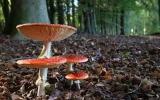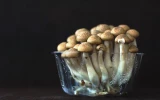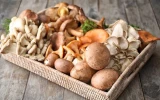Speed Up Mycelium Growth with 7 Surprising Hacks
Growing mycelium can be a challenging and lengthy process, but with the right tools and tricks, you can make the process easier and faster. In this article, you will learn seven surprising hacks to speed up the growth of your mycelium.
To speed up mycelium growth, you can provide the ideal temperature for them, optimize humidity and light conditions, use sterile tools and substrates, use a nutrient-rich growth medium, use clean and uncontaminated spores, adjust the pH balance of your mycelium, and ensure good air circulation.
These hacks can help you get the most out of your mycelium. Let's go into details on how you can quickly and effectively speed up its growth.
Summary
- Adding water, controlling temperature, and using compost tea can help speed up the growth of mycelium.
- You can use an incubator, heating pad, and insulated box to keep the ideal temperature for the mycelium.
- Having a nutrient-rich growth medium and clean, uncontaminated spores can guarantee the acceleration of mycelium growth.
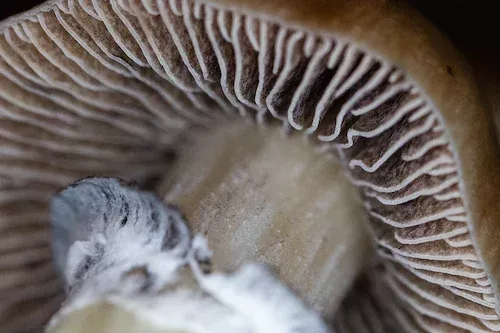
Here Are 7 Unexpected Tricks to Accelerate Mycelium Growth
Mycelium is the vegetative part of the fungus and is highly sought after for its medicinal properties and ability to produce mushrooms. You don't need to wait for it to grow at its natural speed. You can quickly and effectively speed up mycelium growth with these seven surprising hacks.
1. Provide the ideal temperature to grow mycelium rapidly
The ideal temperature for mycelium growth is between 65-75 degrees Fahrenheit. At this temperature, the mycelium will grow rapidly, allowing the mushroom to reach maturity quickly.
If the temperature drops below 65 degrees, the mycelium will grow slowly and the mushroom may not reach maturity or may be of lower quality. If the temperature rises above 75 degrees, the mycelium may become damaged and die, resulting in a failed crop.
-
An incubator is an essential piece of equipment for providing the ideal temperature for mycelium growth. Incubators can be set to specific temperatures and maintain a consistent environment for the mycelium to thrive.
-
To use a heating pad, you should place it underneath the container in which you are growing the mycelium. Make sure to use a temperature setting that is between 75-85 degrees Fahrenheit. The heating pad should be checked regularly to ensure that it is providing the ideal temperature.
-
When using an insulated box for mycelium growth, it is important to monitor the temperature inside the box to ensure it stays within the optimal range. Ideally, temperatures should be kept between 70-80°F for the best growth. Humidity levels should also be monitored and kept between 75-85% for optimal growth.
2. Optimize humidity and light conditions for mycelium growth
To optimize humidity, it is important to maintain a relatively high level, usually between 85-90%. This can be achieved by using a humidifier or a terrarium. Additionally, misting the environment with water can help to raise the humidity, although this should not be done too often as it can cause the mycelium to become waterlogged and rot.
Light conditions should also be optimized for mycelium growth. Mycelium prefers indirect, diffuse light, and too much direct sunlight can slow growth. Additionally, there should be an adequate amount of light present in the environment, as mycelium will not grow in the dark. A good way to ensure adequate lighting is to use fluorescent or LED lights.
3. Use sterile tools and substrates when working with mycelium
When working with mycelium, it is important to use sterile tools and substrates to prevent contamination. This includes sterilizing any tools that come in contact with the mycelium, such as knives and scissors, as well as sterilizing the substrate that the mycelium is grown on, such as sawdust or straw.
To do this, you can use a pressure cooker or an autoclave, and ensure the tools and substrates reach a temperature of at least 121°C for a while.
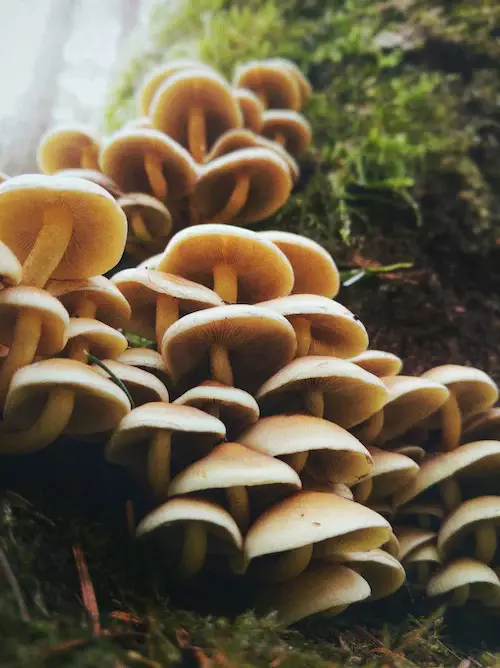
4. Use a nutrient-rich growth medium is a great way to speed up mycelium growth
A nutrient-rich growth medium includes all the essential elements that mycelium needs to thrive and grow. These elements typically include nitrogen, phosphorus, potassium, and other trace elements. A good growth medium should also contain carbohydrates, vitamins, and minerals, as well as an appropriate pH level.
Available sources of nitrogen are important for the mycelium to obtain amino acids, which are the building blocks for proteins. Common sources of nitrogen include various organic materials, such as cottonseed meal, blood meal, soybean meal, and fish meal.
Common sources of minerals include various rock dust, such as glacial rock dust and basalt dust, as well as various mineral supplements, such as dolomite lime.
5. Use clean and uncontaminated spores to speed up mycelium growth
By using clean spores, you can ensure that the mycelium is free of contaminants, which helps it to grow faster and more efficiently. Additionally, uncontaminated spores are less likely to cause any adverse effects on the mushrooms, such as discoloration or deformity.
The spores contain all the genetic material needed to start the growth process, so spores that are free from contamination will be able to start the process more quickly than spores that are contaminated. They are more likely to be able to successfully germinate and take root in the substrate, which will further speed up the growth process.
The best way to determine if your spores are clean and uncontaminated is to visually inspect them.
- You should look for any discolorations, dark spots, or fuzziness on the spores. If you see any of these signs, discard the spores and use fresh ones.
- You can also use a microscope to inspect the spores for contamination.
- You can also test the spores for contamination by performing a bacterial streak plate test. This test will determine if there are any bacteria or other contaminants present in the spores. If the test comes back positive, discard the spores and use fresh ones.
By taking these steps, you can ensure that you have clean and uncontaminated spores to speed up mycelium growth.
6. Adjust the pH balance of your mycelium to ensure its growth
Adjusting the pH balance of your mycelium is an important part of speeding up mycelium growth. The ideal pH for optimum mycelium growth is between 5.5 and 6.5. The pH should not be lower than 5.0 or higher than 7.0, as the mycelium will not grow well in these ranges.
- To adjust the pH balance of your mycelium, you can use a pH meter, which will allow you to measure the pH level of your substrate material.
- You can also add an appropriate amount of buffering agent to the substrate material to bring the pH to the desired level.
- Alternatively, you can use an acid or a base, such as lemon juice or baking soda, to adjust the pH balance.
Once the desired pH level is achieved, it is important to monitor the pH balance of your mycelium regularly to ensure it stays within the optimal range. You can do this by testing the pH level of the substrate material or mycelium solution.
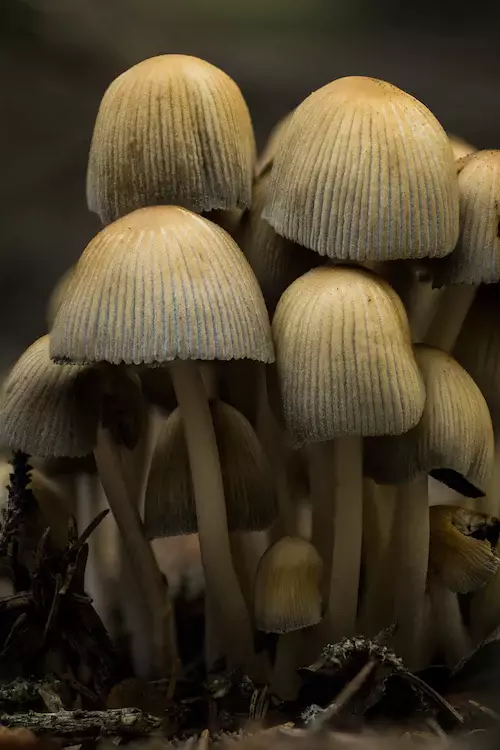
7. Ensure good air circulation for effective mycelium growth
Mycelium requires oxygen for proper respiration and to produce enough energy to carry out its metabolic activities. Poor air circulation can cause stagnation of air, which can lead to inadequate oxygenation of the mycelium and eventually stunt its growth.
Here are some tips to ensure good air circulation:
- Use fans to generate air movement and increase the oxygen levels in the environment.
- Place your mycelium in an open, airy area with plenty of room to breathe.
- Make sure to provide adequate ventilation to the mycelium by keeping the room well-ventilated.

